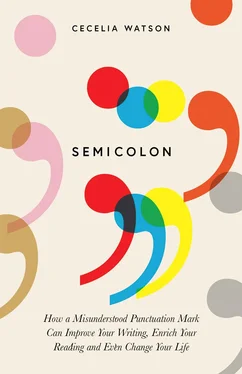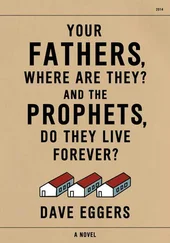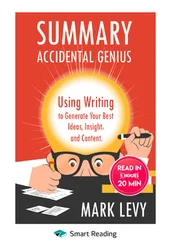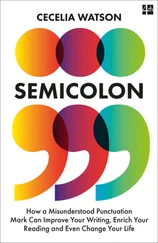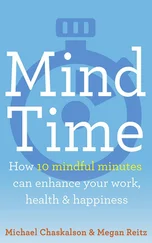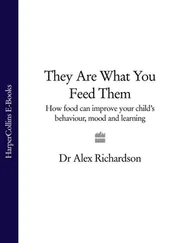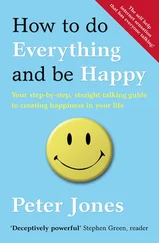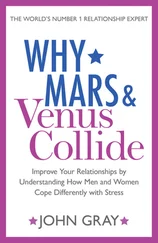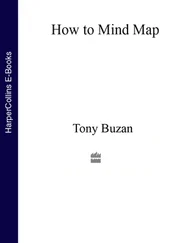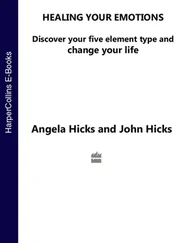§When Brown wasn’t tearing up the work of other grammarians, he made his own constructive suggestions for reform. One of my favourites of his ideas was to rename the exclamation point the ‘eroteme’, since it is a mark of passion. (From the Greek έρως [eros], meaning ‘love’ or ‘desire’.)
¶This title sounded so ridiculous to me that I was convinced it was a joke the first time I saw a reference to it in the long-defunct London newspaper The Penny Satirist . But it turns out that the book is very much real and Mudie was very much serious, and in typical nineteenth-century grammarian style, he talked plenty of trash about his peers’ ostentation and the inefficiency of their methods.
**Believe it or not, this is a relatively pithy title for a nineteenth-century book; some of them really took the term title page to be an imperative to fill the whole sheet.
††Morris is probably my favourite grammarian. What can I say? I like a sharp-spoken rebel.
‡‡Morris, as a ‘new grammarian’ committed to observation of English, left Pope and Milton alone, unlike his predecessors. Instead of correcting the classics, the new generation of grammarians decided to amend each other’s work instead, sometimes to absurd and comical effect. Alfred Ayres, a grammarian and elocutionist who edited an 1893 edition of The English Grammar of William Cobbett , praised the book as ‘probably the most readable grammar ever written’. Nonetheless, Ayres demurred, Cobbett’s grammar had become a little bit dated in the fifty years that had passed since it was first printed. Ayres, as editor, felt it was his duty to repair Cobbett’s mistakes by inserting bracketed corrections throughout the book. Thus Ayres turned this example sentence from Cobbett’s original: ‘And that it was this which made that false which would otherwise have been, and which was intended to be, true!’ into: ‘And that it was this which [that] made that false which [that] would otherwise have been, and which [that] was intended to be, true!’ So much for Cobbett’s vaunted ‘readability’.
§§People like Robert Lowth are typically termed ‘prescriptivists’, and grammarians like Isaiah Morris ‘descriptivists’. Prescriptivists give rules about how language ought to be, while descriptivists want to observe and describe language. These categories are unfairly extreme in the case of nineteenth-century grammarians. They give the impression that supposed prescriptivists (like Lowth and his adherents) laid down laws without recognising that a writer’s taste was still important, and they give the impression that supposed descriptivists (Morris and his ilk) just described language in action without trying to give any laws. The truth is much more complicated. All of these grammarians, negotiating the competing demands of rules and personal taste, were much more nuanced than dumping them into prescriptivist or descriptivist camps would indicate. In fact, one of the things that’s most fascinating about reading grammars from Lowth’s and Morris’s times is how plain it is on the face of the texts that the grammarians were struggling with this fundamental problem of grammar.
In early spring of 1857, a writer for the Chicago Daily Tribune took a stroll through the streets of Chicago, making a note of facial hair trends for an article in the paper. Particularly popular was a moustache combined with a small goatee: ‘Forty-three wore the moustache with a fancy tuft upon the chin, but with smooth cheeks; looking as if a semicolon was the best representation of their idea of facial adornment.’
The comparison was apt: semicolons were trendy in any form, follicular or literary.
For those of you accustomed to thinking about punctuation as subject to rules, it probably sounds odd to suggest that punctuation usage could be beholden to shifts in fashion. One of the virtues of rules would be to insulate us from whims and fancies. But even the originators of rule-based punctuation guides, the grammarians we encountered in the previous chapter, copped to punctuation’s trendiness. As we’ve seen, they were conflicted about how best to negotiate the tension between rules and actual usage. As a result of their examination of usage, grammarians became keen observers of the punctuation whims of writers. The semicolon was on the rise in the 1800s, and its popularity might have been linked to the un fashionableness of two other marks, the parenthesis and the colon. By the early 1800s, parentheses were already so last century, inspiring T. O. Churchill’s 1823 grammar to coolly pronounce that ‘the parenthesis is now generally exploded as a deformity’. It got worse: three years later, the parenthesis had gone from Quasimodo to quasi ghost, with Rufus Nutting’s Practical Grammar and Bradford Frazee’s Improved Grammar both deeming it ‘nearly obsolete’. The curved marks that humanist thinker Desiderius Erasmus had romantically called ‘little moons’ (lunulae) had crashed down to earth. By the mid-1800s, writers were also snubbing the colon: Oliver Felton’s 1843 grammar fobbed it off with ‘The COLON is now so seldom used by good writers, that rules for its use are >unnecessary.’ Seven years later, The Common School Journal gravely advised that when it came to colons, ‘we should not let children use them’, and ‘should advise advanced scholars seldom to use them’.
This bad news for the colon was excellent news for the semicolon, however. It was the semicolon that writers substituted for its unstylish progenitor, and the semicolon soon surged through sentences at such a pace that it gobbled up not just most of the colons but a large share of commas as well. The semicolon had become so fashionable by the 1840s that Goold Brown leveraged its appeal to implore writers to reconsider the now-neglected colon. ‘But who cannot perceive,’ begged Brown, ‘that without the colon, the semicolon becomes an absurdity? It can no longer be a semicolon, unless the half can remain when the whole is taken away!’ Brown pointed out that there was really nothing wrong with the colon anyway; after all, he argued, colons, too, were ‘once very fashionable’. (Brown himself was not, however, immune to the seductions of the semicolon: the first sentence of his massive grammar compendium contained seven of them, and nary a colon.)
Although Brown appealed to fashion in his plea for the colon, his argument offered a glimpse into the future of punctuation – the future we’ve inherited – in which logic reigns supreme in guides to punctuating. By the time renowned British grammarian H. W. Fowler published A Dictionary of Modern English Usage , in 1926, Brown’s halves and wholes and absurdities had been pressed by Fowler into sterile language reminiscent of a reductio proof in mathematics, a curtly logical formulation in which neither fashion nor taste nor passion nor prosody had any part:
The use of the semicolon to separate parallel expressions that would normally be separated by commas is not in itself illegitimate; but it must not be done when the expressions so separated form a group that is to be separated by nothing more than a comma, or not separated at all, from another part of the sentence; to do it is to make the less include the greater, which is absurd.
The semicolon had been transformed. Before the 1800s, it had been a pause. By the early 1800s, grammarians began to describe these pauses as means to delineate clauses properly, such that punctuation served syntax, with its prosodic and musical features secondary. By the mid-1800s, guided by a new generation of grammarians, grammar was tiptoeing towards a natural science model, deriving its rules from observation of English and teaching those rules to students through exercises in which they would be guided to make the same observations and draw general conclusions from them in the form of rules.
Читать дальше
